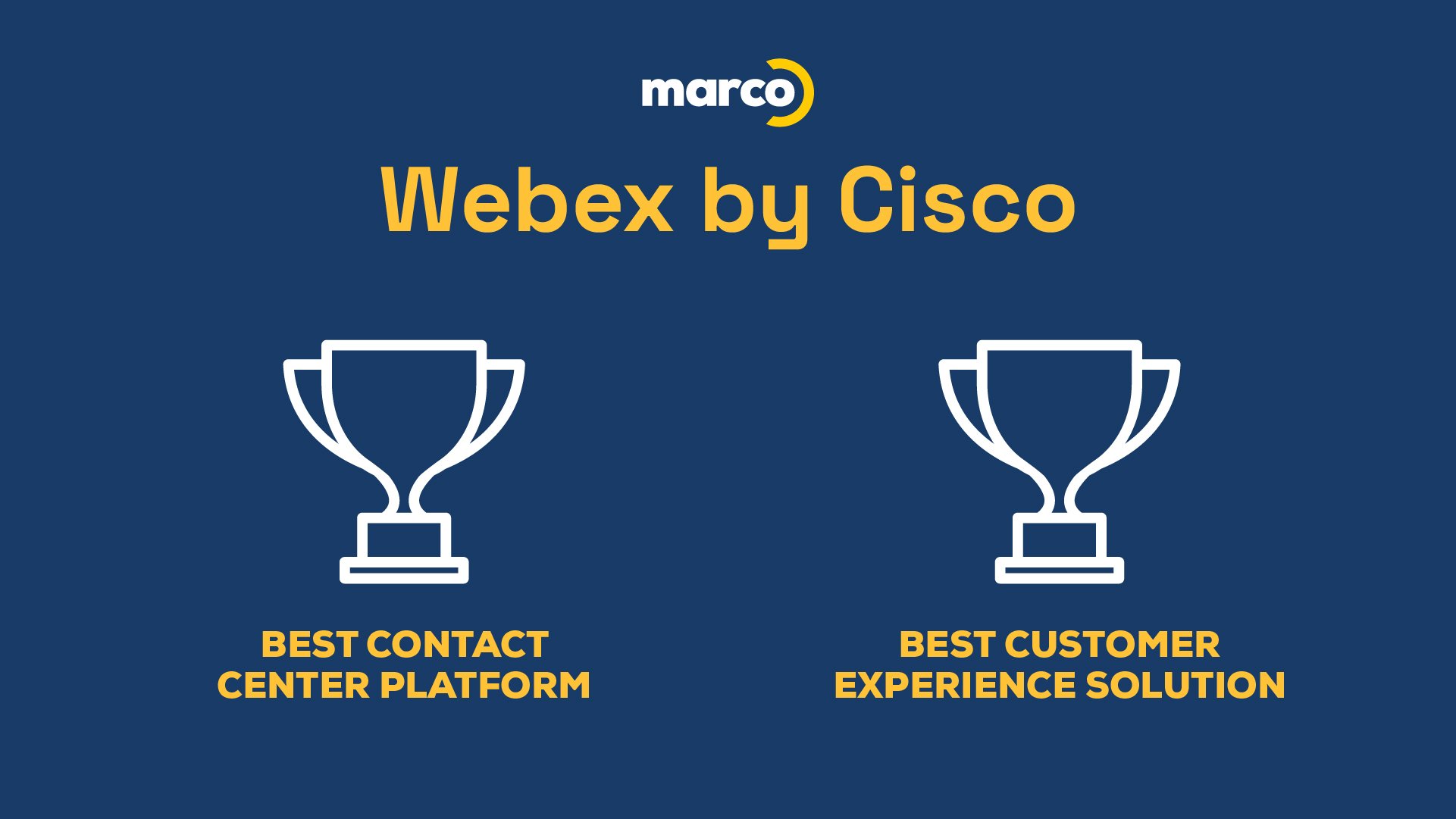Have you ever had this happen to you? You bought something from a retailer, and somewhere along the way, your order got messed up. These things happen, but what happens next is crucial. This is exactly when a business can either lose your trust or earn more of it.
Every business makes mistakes. And most customers are willing to accept that as long as the business’s next steps make their lives easier, not harder. A responsive contact center that can resolve problems promptly — on the very first call or chat — is memorable for all the right reasons. Providing that level of service consistently is entirely possible, but it often requires upgrading your technology.
Top 4 Customer Frustrations With Old-School Call Centers

These shouldn’t exactly come as a shock. Still, it’s helpful to get them on paper to understand why new technology can create a fundamentally different experience.
1. Those Maddening IVR Menus
You know the ones — where a company lists off a dizzying array of options, none of which matches your issue. Adding insult to injury, if you have any trace of an accent, the system might not be able to understand your answers. Not surprisingly, IVR systems are the biggest reason customers hate calling a business.
2. The Ridiculous Hold Times
If every time you call a company, they say they’re experiencing longer than normal hold times, you know something’s up. Ever since the pandemic, ridiculously long hold times have been listed as customers’ number one complaint, followed by this next one…
3. Having to Repeat Yourself
After you’ve said your account number, the last four digits of your SSN, your birthday, and your ZIP Code, you just have to do it all again when someone picks up the phone. And if your call has to be transferred, you might have to go for round three.
4. The Rep Can’t (or Won’t) Solve Your Problem
After the IVR menus, the hold times, and having to repeat yourself, chances are you’ve also gotten to a rep who either didn’t have the tools or the training to help you or provided you with incorrect information.
Top Automation Trends for Call Centers

Call centers can still act as the strongest link between company and consumer. But too often, they’re actually the weakest link. And with the technology we have available today, that’s simply inexcusable.
1. An Integrated Omnichannel
With the right technology, customers can switch from being on the phone to communicating by text, chat, email, and more without having to repeat themselves.
2. Artificial Intelligence
Instead of customers having to follow a maze of IVR prompts, AI has the power to route calls more intuitively, so customers can get to the best agents to resolve their issues much faster, ultimately reducing hold times.
3. Much Better IVR
Hear me out — IVR has come a long way in terms of speech recognition and multilingual capabilities. And companies that invested in better IVR and got smarter about their IVR trees have started to change their minds about this notorious technology.
4. More Chatbots
Chatbots are here to stay. They’re not everyone’s favorite, but they can still solve problems, reduce wait times, and offer round-the-clock support. And there’s decent data to back this up:
- 40% of consumers don’t care if they’re talking to a chatbot or a human as long as they get help quickly
- More than 87% of customers say that chatbots are effective in resolving their issues
5. Better Online Tools and Resources
Most reps would be much better at resolving customer issues if they had access to better online tools and resources, as well as a full customer history that came up automatically. Not all do, and this solution is also often lacking on the customer side.
For example, does your business have a handy online portal where customers can make simple changes to their account themselves or initiate a repair ticket? Do you have content that walks customers through resolving issues with their order or a great FAQ page? Yes, we know, “The answers to many common questions can be found online.” But if that were true, why the perpetually high call volumes? And that brings me to my last top trend…
6. Robust Analytics
What questions are driving the majority of calls? What percentage of customer issues are resolved on the first call? What types of issues require the most escalation? What days and times do your customers need more support? The answers to these questions can help you improve your online tools and resources, reduce hold times, make your IVR tree and your bots more helpful, simplify staffing decisions, and more.
Technology has evolved so much that the terminology we use is changing too. With more ways to get solutions outside of voice calling, more people are using a broader term: contact center. We’ve put together a helpful infographic to illustrate what a contact center offers versus a call center.
Accessing These Contact Center Automation Trends From Webex

Fortunately, Webex by Cisco has put together an all-in-one contact center solution that’s been shown to increase ROI by 262% over a three-year period. In addition to offering customers a much better experience, it provides more flexibility and an overall better experience for agents.
We’ve been so impressed with Webex’s contact center solution that our team has taken the additional step of achieving Certified Gold Partner status with Cisco — a rare certification that illustrates our team’s abilities to provide world-class support and management.
However, no single tool is the right fit for every organization. Browse our portfolio of voice and collaboration solutions by clicking the link below!
Browse Our Phone and Collaboration Solutions